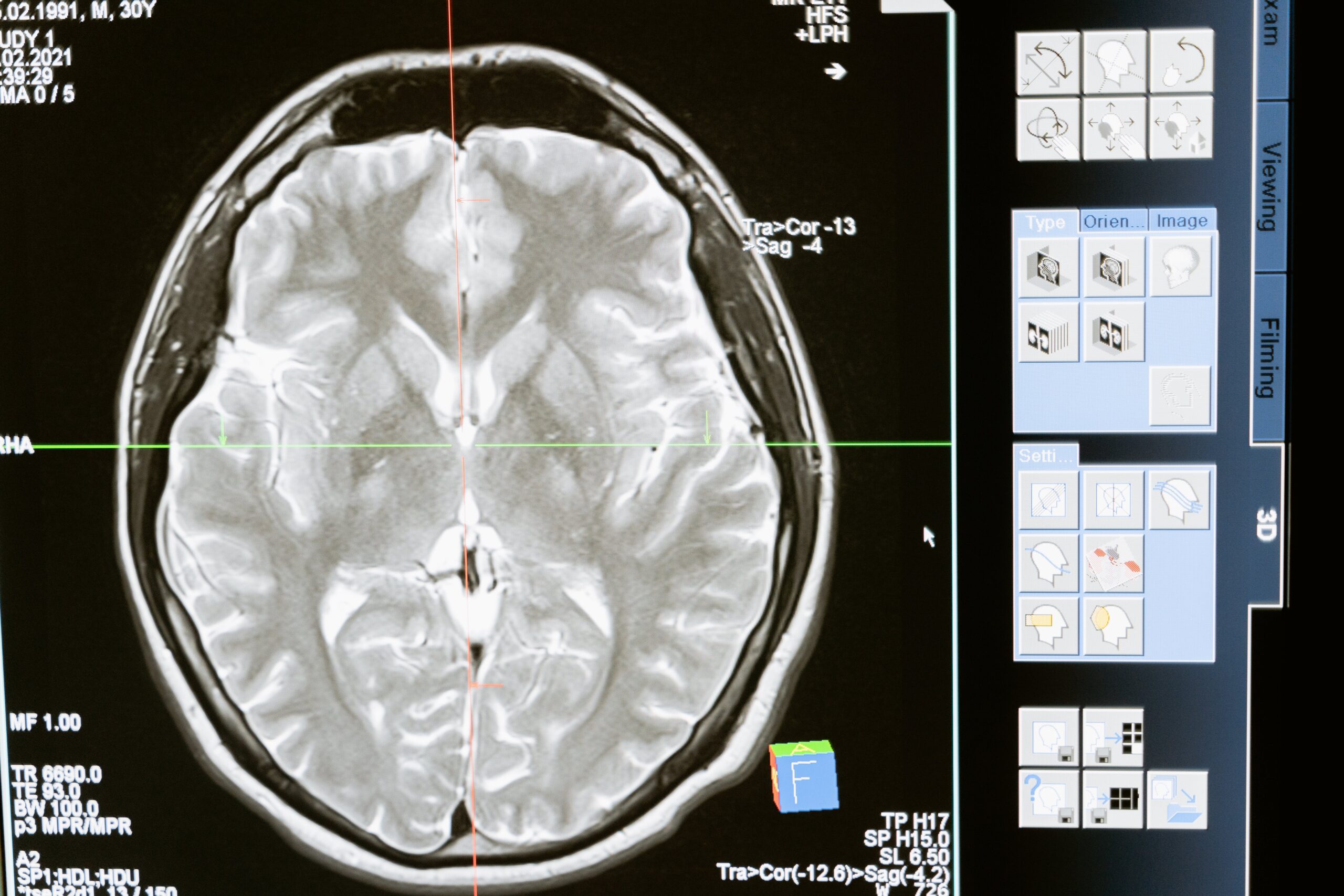According to a new study, artificial intelligence networks based on human brain connectivity may efficiently accomplish cognitive tasks. First, researchers recreated a brain connection pattern using MRI data from a vast Open Science repository. Then, they applied it to an artificial neural network. An ANN, like the human brain, is a computational system with numerous input and output units. It’s a bit like having one of the most powerful gaming consoles imaginable. It would certainly be a console with a plethora of games you should try. Next, the ANN was taught to execute a cognitive memory test by researchers from The Neuro (Montreal Neurological Institute-Hospital) and the Quebec Artificial Intelligence Institute. Finally, they observed how it completed the task.
Like you would find when playing In two senses, this is a novel approach. First, previous research on brain connectivity, also known as connectomics, concentrated on defining how the brain organises itself rather than how it executes calculations and functions. Second, standard ANNs have arbitrary structures that don’t mirror the organisation of genuine brain networks. So researchers wanted to study how the brain’s wiring supports various cognitive skills and to draw unique design principles for artificial networks by incorporating brain connectomics into the building of ANN architectures.
They discovered that neuromorphic neural networks, ANNs with human brain connectivity, performed cognitive memory tasks more flexibly and efficiently than other benchmark models. In addition, the neuromorphic neural networks accommodated a wide range of learning capacities across diverse settings by using the same basic architecture.
How does it work?
The emergence of more powerful processors and ever-increasing training data has contributed significantly to AI’s success. The artificial neural network, however, is the principle that underpins these advancements. These networks are made up of layers of nodes that resemble neurons. A sequence of mathematical weights connects nodes in the input layer to nodes in the hidden layer, acting as synapses between neurons. A hidden layer is connected to an output layer in the same way. For example, an array of numbers representing each pixel in a face image in terms of where it falls on a 100-point scale from white to black could be used as input data for a task like facial recognition.
Data is fed in, and the hidden layer multiplies the values by the weights of the connections to produce a response. This output is compared to what it should have been if it were an exact match for the input. The difference is used to alter the weights between the nodes to train the system to generate the proper answer. A deep neural network, a more advanced version of this technique, has many hidden layers. DeepMind Technologies, a London-based AI research firm owned by Google parent company Alphabet, utilised this approach to create the machine that beat a professional human player at the board game Go in 2015.
An artificial neural network is merely a rough representation of the brain’s operation. Synapses, for example, are modelled as numbers in a matrix. In reality, they are sophisticated biological equipment that transmits and terminate signals using both chemical and electrical activity and interact with their neighbours in dynamic patterns. Artificial neural networks, on the other hand, have proven valuable in the research of the brain. For example, suppose a system can generate cerebral activity similar to the pattern recorded from the brain. In that case, scientists can look at how the system develops its output and conclude how the brain achieves the same thing.
Bridging the gap
When looking at the history of artificial intelligence (AI), it is evident that advances in brain research have resulted in breakthroughs in AI, such as deep learning. However, even though AI and its applications have outperformed predictions, there is still an insurmountable gap between AI and human intelligence. Therefore, it is critical to build a relationship between brain science and AI research, including a link from brain science to AI and from understanding the brain to simulating it.
The initial steps toward this goal are to investigate new brain-imaging technology to unlock the secrets of brain science, create a dynamic brain connection map, and merge neuroscience studies with theory, models, and statistics. Based on these processes, a new generation of AI theory and methods can be investigated and a disruptive paradigm and working mode for machine perception, learning, and decision-making.
Conclusion
The sophisticated and unique human brain poses a challenge to scientists who are keen to understand its complexity and unleash opportunities to improve people’s lives. Watson, Siri, and other artificial intelligence (AI)-based systems have already made advancements in human-machine interactions. On the other hand, Artificial neural networks need to be further reinforced by natural human intelligence if AI is to have a transformative influence. While the human brain continues to outperform our physical capacities, the use of mathematics, algorithms, computational approaches and statistical models is speeding up our scientific progress.


